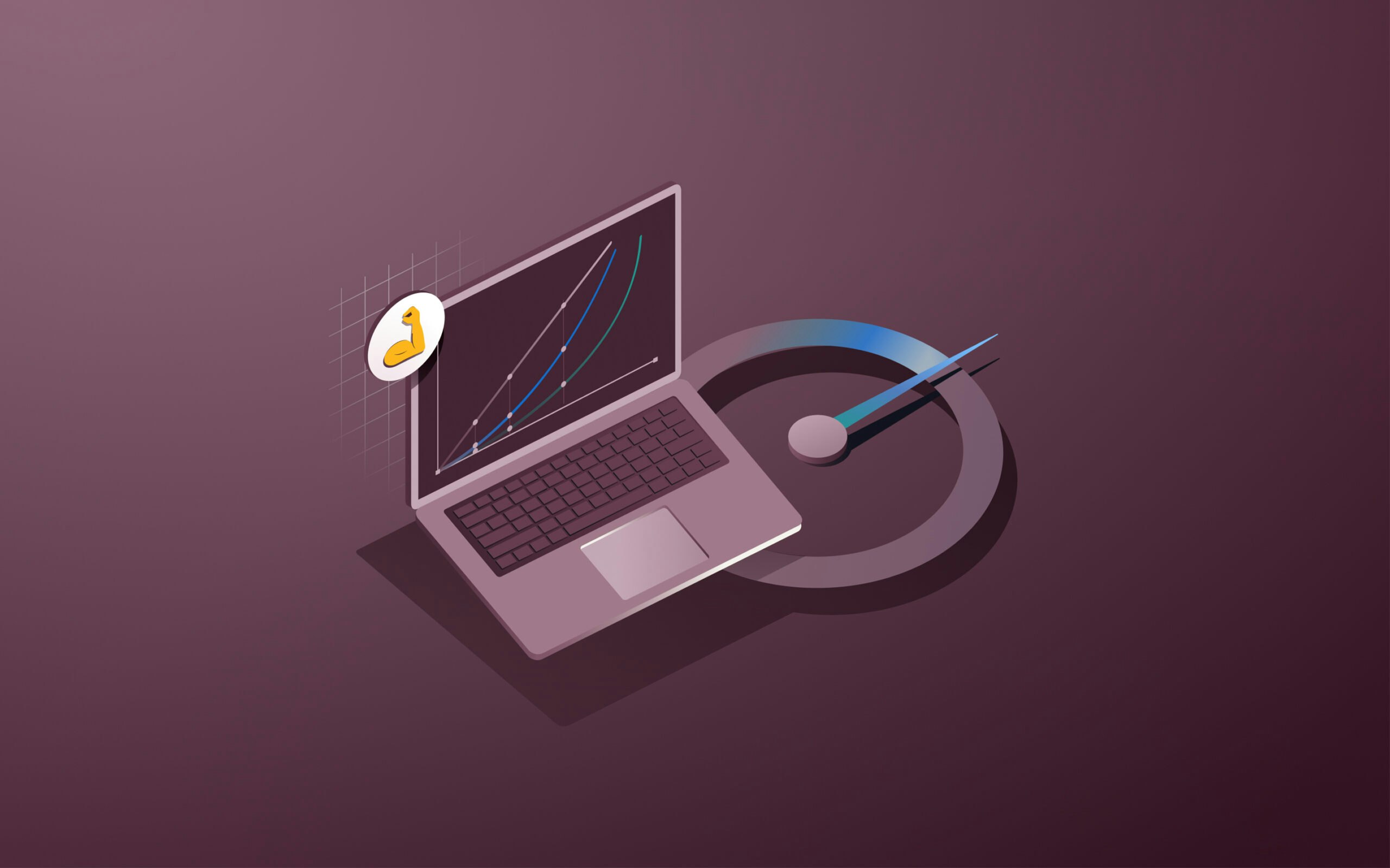Top 7 security benefits of mobile device management (MDM) software

Key Takeaways
- Mobile device management, or MDM, establishes a unified strategy for overseeing a diverse array of devices, each powered by different operating systems such as Apple iOS, Microsoft Windows, Android, Chrome OS, and macOS.
- MDM gives you powerful central controls and visibility over all your organization's devices. From one dashboard, IT admins can enforce security policies, monitor for threats and compliance violations, and enable secure mobile productivity.
- Major benefits of MDM include device tracking, remote control and updates, network security protection, centralized monitoring and management, reduced administrative overhead, secure offboarding, and compliance reporting.
These days, employees work from everywhere; offices, homes, cafes, airports, you name it. The workforce is increasingly mobile, and hybrid workplaces that embrace bring-your-own-device (BYOD) policies are becoming more common.
While this flexibility is convenient and promotes productivity, it also introduces cybersecurity concerns—unmanaged devices accessing your corporate networks and data stores. These risks make it essential to protect a distributed, mobile workforce. But striking the right balance remains a challenge for IT teams. This is where mobile device management provides a much-needed solution for mitigating threats while enabling mobility.
The need for mobile device management solutions
An unmanaged mobile device is a huge security risk. These devices, which are typically manually provisioned by end-users and often lack proper authentication and security measures, are easy targets for malicious actors. As the number of unmanaged devices increases, the number of potential entry points for malware and cyber threats multiplies. Enterprises can’t afford to ignore the looming dangers of rogue mobile devices illicitly accessing their infrastructures.
Mobile device management software comes into play here, serving as a powerful safeguard and providing centralized controls to secure and manage a wide array of mobile devices, including smartphones (iPhone, Android devices), desktops, tablets, laptops, and Internet of Things (IoT) devices—throughout your entire environment.
MDM software typically works by first enrolling devices into the system, either through manual enrollment processes or vendor-specific programs. Once enrolled, IT administrators can access a centralized dashboard or console, providing a bird's-eye view of all enrolled devices and their respective statuses. From this central hub, IT teams can push configurations, applications, and security policies to individual devices or groups of devices, ensuring consistent and compliant device management across the entire organization.
Let's explore some of the biggest security benefits MDM provides:
1. Device tracking and compliance monitoring
One of the core security benefits of MDM software is its ability to track and monitor enrolled devices. Through the MDM server's management console, you can view detailed real-time information about each enrolled device, including its physical location, usage activity, and compliance status. This granular visibility enables proactive risk mitigation by quickly detecting devices exhibiting suspicious behavior, falling out of compliance, or getting marked as lost or stolen.
Real-world example: If your employee reports a device as lost or stolen, you can take immediate action by locating the device and initiating remote lock or data wiping procedures to prevent exposure. Also, if a device is found to be non-compliant with security policies, or lacking the latest software updates, you can take immediate remedial actions before an actual incident unfolds.
2. Centralized updates and system management
Keeping your mobile fleet up-to-date with the latest software updates and security patches is important for protecting against vulnerabilities and cyber attacks. However, manually updating devices one by one is extremely time-consuming and prone to oversight, especially in large-scale or distributed environments.
MDM solves this by giving you a centralized platform to push critical updates and policy changes to all managed devices simultaneously with just a few clicks. You simply select what you need to deploy from the console like security patches, VPN configuration, or compliance policy, and MDM automates the distribution and installation process across your entire device fleet. This centralized control streamlines the update process and reduces the risk of human error or oversight that could leave devices vulnerable.
3. Lowering the risk of network security breaches
In a mobile workforce operating across varying locations and networks, ensuring only authorized devices with the appropriate security configurations can access your critical systems is important as ensuring rogue devices without the proper credentials are flagged and updated accordingly.
MDM enables you to implement strict network access control policies that only permit connections from devices meeting defined security postures and configurations. Through granular policy controls, you can restrict access to specific networks such as insecure public Wi-Fi networks and resources based on device enrollment, authentication, encryption, and other criteria you set.
For us at Rippling, secure network access is a basic requirement. We enforce role-based access control, require multi-factor authentication at all ingress points, and maintain a comprehensive audit trail of all network activity—giving us full visibility and control.
4. Efficient remote device management
Another significant MDM benefit is enabling secure remote access for an organization's mobile workforce. An MDM platform can be used to build the framework for managing mobile technologies that enable remote work. With MDM, IT can provision corporate email, apps, content, and network access on remote devices while enforcing all required security protocols. This empowers a productive and secure mobile workforce to operate from anywhere.
5. Secure offboarding and data protection
When an employee leaves an organization or transitions to a new role, proper offboarding procedures are crucial to protect sensitive data and maintain a secure environment. Failing to revoke access and wipe data from company-owned or personal devices can leave your organization vulnerable to data breaches.
Through the centralized MDM console, administrators can remotely initiate a range of offboarding actions, including:
- Remote device disconnection: Immediately revoking the device's access to corporate resources, such as email accounts, cloud storage, and internal networks, preventing unauthorized access or data exfiltration.
- Configuration changes and policy enforcement: Remotely modifying device configurations and enforcing new security policies to restrict access or functionality based on the employee's new role or departure status.
- Selective or complete data wiping: Initiating remote data wiping procedures to securely remove sensitive corporate data from the device, either selectively or through a complete factory reset, ensuring that no confidential information remains accessible. It's a seamless way to neutralize insider risks during employee exits.
6. Automated administration reduces overhead costs
Managing and securing enterprise mobility is extremely labor-intensive without the right tools. Between enrolling new devices, applying security configurations, deploying apps, and ensuring continual policy compliance, admins can drown in tedious manual processes prone to human error.
MDM solves this by automating tedious mobile administration tasks like device provisioning, app deployment, policy enforcement, and software installations. Instead of clicking through mazes of settings for each individual device, you define policies and configurations once, then let MDM consistently self-enforce them across your entire device fleet with zero effort. This frees your team from countless mundane tasks so they can focus on higher priorities. And fewer manual touchpoints equals fewer potential human mistakes compromising security.
7. Ensuring regulatory compliance
Beyond robust security controls, MDM aids compliance efforts across industries. MDM solutions help organizations stay ahead of emerging threats and vulnerabilities and can assist them in meeting compliance requirements by providing detailed reporting and auditing capabilities.
With MDM's centralized device monitoring and logging, enterprises can gain the critical visibility required for audits. Preconfigured policy templates help organizations meet key mandates like HIPAA, PCI-DSS, GDPR, and more.
Bonus: Integrated endpoint protection and security
MDM software traditionally focuses on managing and securing mobile devices. However, modern MDM solutions like Rippling go beyond basic device management by incorporating comprehensive endpoint protection capabilities. Rippling’s integration with SentinelOne allows organizations to centrally manage threat detection, response, and mobile device activities through a unified platform.
Rather than being limited to enforcing device policies and ensuring compliance, MDM solutions with integrated endpoint security can holistically secure an organization's entire environment. These advanced solutions provide antivirus scanning, web filtering, firewall management, vulnerability detection, and more. From this unified platform, IT teams can monitor for threats, patch vulnerabilities, and initiate incident response procedures when security issues arise.
More than just the MDM basics
The scope of endpoint management solutions varies. Basic MDM is tailored to companies with many remote workers or without permanent offices that need to manage mobile devices efficiently. Enterprise mobility management (EMM) expands MDM's capabilities with additional mobile app and data security controls, suiting businesses that embrace BYOD policies. For the most comprehensive protection spanning all corporate devices, unified endpoint management (UEM) provides an all-encompassing solution ideal for mixed environments of remote and office-based employees.
Many MDM platforms integrate with identity and access management (IAM) systems to enable seamless user authentication across managed devices. They can also unite with mobile application management (MAM) and mobile content management (MCM) under a broader EMM suite, unifying administration for devices, apps, and content.
By converging endpoint protection with MDM in one solution, Rippling reduces operational overhead while delivering robust, end-to-end security across an organization's full range of endpoints and mobile devices. Rippling's security program adheres to the rigorous ISO 27001 standard and industry best practices, implementing sophisticated controls for vulnerability management, security monitoring, incident response, and physical security. This ensures a secure foundation for managing and protecting mobile devices within an organization.
MDM software to secure your entire fleet
From device tracking and compliance monitoring to fully automated administration and audit readiness, the security benefits of MDM are unmatched. You gain centralized visibility and control over an entire distributed mobile ecosystem, empowering your team to proactively detect risks, rapidly remediate issues, and enforce robust security policies no matter where employees work. You can learn more about mobile device management here.
Frequently asked questions
What are the security benefits of MDM?
MDM enhances data security by enforcing security policies across all mobile devices within an organization. It allows for over-the-air updates and configurations, ensuring that all devices adhere to the latest security standards. MDM also contributes to device security by enabling remote actions like wiping or locking in case a device is lost or stolen, protecting personal data.
What are the advantages of MDM?
The advantages of MDM extend beyond security. It simplifies the lifecycle management of devices through automation, from deployment to retirement. MDM management tools offer centralized control, whether on-premises or cloud-based, providing a unified view of device usage and compliance. This facilitates efficient distribution of applications and updates and helps maintain a consistent user experience across all devices.
Is MDM software a security solution?
Yes, MDM software is a comprehensive security solution that serves as a gateway to secure corporate networks and sensitive information. It acts as a first line of defense against potential breaches by managing access controls, encrypting sensitive data, and implementing robust security policies given by MDM solution providers. It’s a critical component in the broader context of enterprise security strategies.




